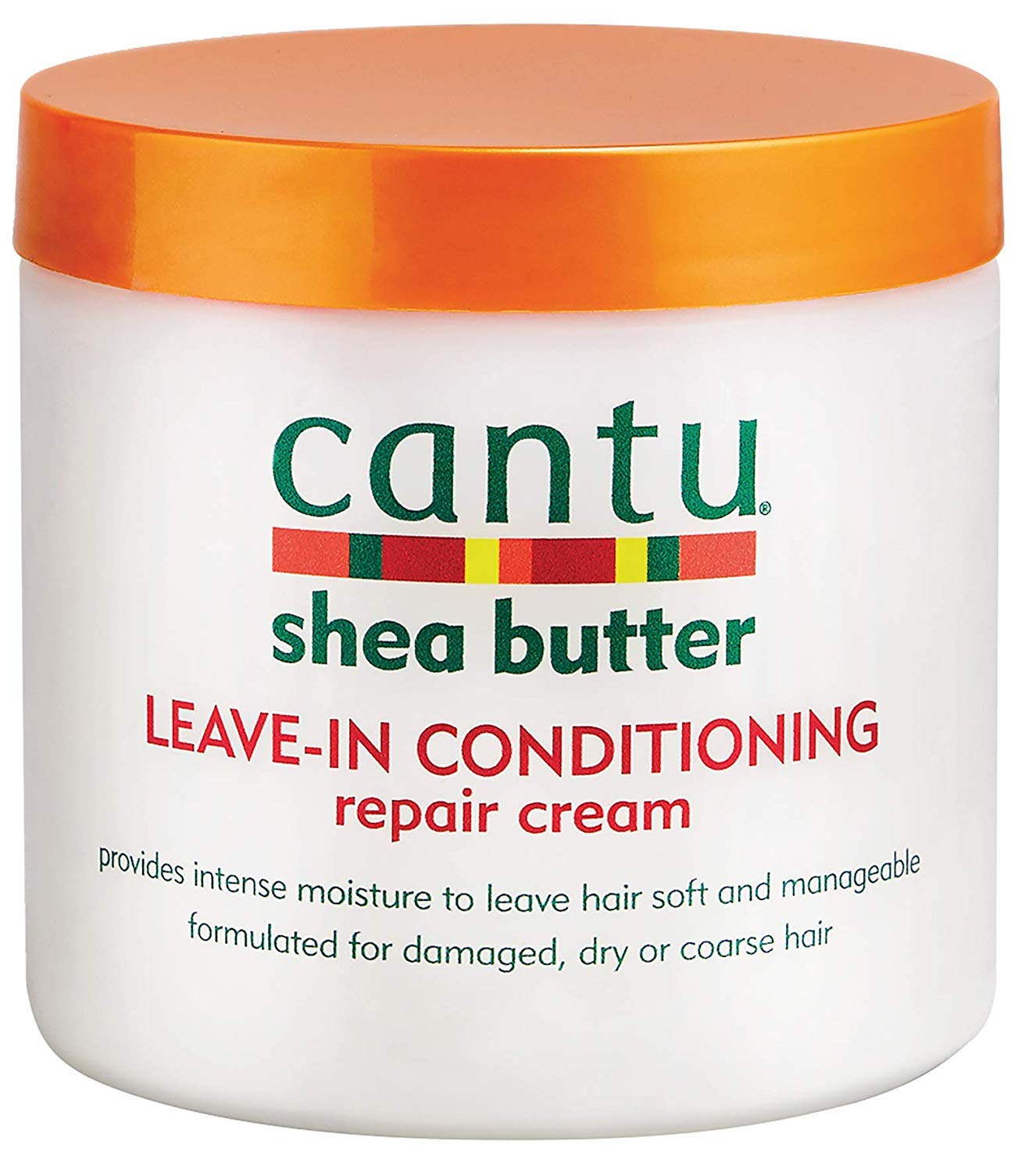Are you tired of dealing with frizzy, unmanageable hair? Do you want to enhance your hair’s texture and shine? Enter the world of leave-in conditioners, a game-changing product for anyone looking to elevate their hair care routine. This article will delve into everything you need to know about leave-in conditioners, from their benefits to application tips, ensuring your locks are always looking their best.
Key Takeaways
- Leave-in conditioners provide moisture, detangle, and protect hair from damage.
- Suitable for all hair types, especially beneficial for dry and damaged hair.
- Easy to apply and can be used on both wet and dry hair.
- Choosing the right product depends on your hair type and specific needs.
- Regular use can lead to healthier, shinier, and more manageable hair.
What is Leave-In Conditioner?
Leave-in conditioner is a lightweight, nourishing hair product designed to be applied after washing and left in the hair until the next wash. Unlike rinse-out conditioners, leave-in conditioners are not washed out, allowing them to provide continuous hydration and protection throughout the day. They are formulated to address specific hair concerns such as dryness, frizz, and damage, making them a versatile addition to any hair care regimen.
Benefits of Using Leave-In Conditioner
Leave-in conditioners offer a plethora of benefits, making them a staple in many hair care routines. Here are some of the key advantages:
- Moisturization: Leave-in conditioners provide an extra layer of moisture, crucial for maintaining healthy hair, especially for those with dry or curly hair.
- Detangling: These products help to smooth out knots and tangles, making combing and styling much easier and less damaging.
- Frizz Control: By sealing the hair cuticle, leave-in conditioners can help reduce frizz and flyaways, resulting in smoother hair.
- Heat Protection: Many leave-in conditioners contain ingredients that protect hair from heat damage caused by styling tools.
- Color Protection: Specially formulated leave-in conditioners can help maintain hair color, preventing fading and dullness.
How to Choose the Right Leave-In Conditioner

With a plethora of leave-in conditioners on the market, selecting the right one can be daunting. Consider the following factors to make an informed choice:

Hair Type
- Curly Hair: Look for products with rich, moisturizing ingredients like shea butter or coconut oil to enhance curl definition and reduce frizz.
- Fine Hair: Opt for lightweight, volumizing formulas that won’t weigh hair down, such as those containing proteins or keratin.
- Color-Treated Hair: Choose leave-in conditioners with UV protection and color-safe ingredients to preserve vibrancy.
Specific Hair Concerns
- Dryness: Seek out hydrating formulas with humectants like glycerin or aloe vera to lock in moisture.
- Damage: Products with strengthening ingredients like biotin or argan oil can help repair and fortify damaged strands.
- Frizz: Look for anti-frizz formulations with smoothing agents such as silicone or silk proteins.
How to Apply Leave-In Conditioner

Applying leave-in conditioner correctly is crucial for maximizing its benefits. Follow these steps for optimal results:
- Start with Clean Hair: Shampoo and condition your hair as usual, then towel-dry to remove excess water.
- Section Your Hair: Divide your hair into manageable sections to ensure even distribution of the product.
- Apply the Product: Use a small amount of leave-in conditioner, focusing on the mid-lengths and ends where hair is most prone to damage.
- Comb Through: Use a wide-tooth comb or your fingers to distribute the product evenly and detangle your hair.
- Style as Desired: Proceed with your usual styling routine. Leave-in conditioner can also be reapplied on dry hair for additional moisture and frizz control.

Common Myths About Leave-In Conditioner
Despite its popularity, several misconceptions about leave-in conditioners persist. Let’s debunk some of these myths:
- “Leave-in conditioner is only for curly hair.” While it’s true that curly hair benefits greatly from leave-in conditioners, they are suitable for all hair types.
- “Using leave-in conditioner will weigh down my hair.” Choosing the right formula for your hair type will prevent any heaviness or greasiness.
- “Leave-in conditioner can replace regular conditioner.” Leave-in conditioners are not a substitute for rinse-out conditioners but rather an additional step for enhanced hydration and protection.
Embrace the Power of Leave-In Conditioner
Incorporating a leave-in conditioner into your hair care routine can transform your hair’s health and appearance. By providing ongoing hydration, detangling, and protection, leave-in conditioners are an invaluable tool for achieving beautiful, manageable hair. Whether your hair is curly, straight, fine, or thick, there’s a leave-in conditioner tailored to meet your needs. Say goodbye to bad hair days and unlock your hair’s full potential with the right leave-in conditioner.


